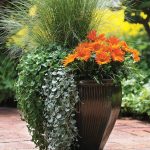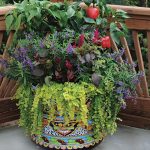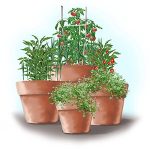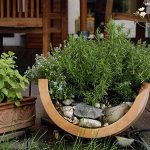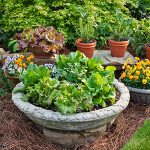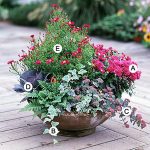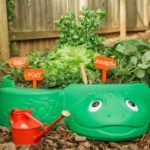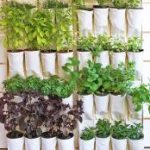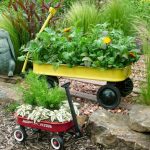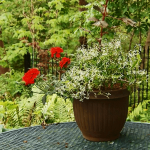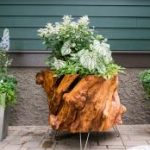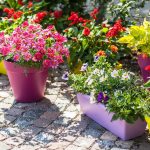As an Amazon Associate I earn from qualifying purchases.
Container gardening is a popular choice for many people who want to cultivate plants but may not have access to a traditional garden space. Whether you have a small balcony, patio, or even just a sunny windowsill, container gardening allows you to grow a wide variety of plants in a limited space.
If you’re new to container gardening, it can be overwhelming to know where to start. That’s why we’ve put together this complete guide to help you get started on your container gardening journey.
1. Choose the right containers: When selecting containers for your plants, it’s important to consider the size and material of the pots. Make sure the containers have drainage holes to prevent waterlogged soil and root rot. You can use plastic, ceramic, or even recycled materials like buckets or old tires as containers.
2. Select the right soil: It’s crucial to use a high-quality potting mix specifically designed for container gardening. These mixes are lightweight and provide good drainage, aeration, and moisture retention for your plants.
3. Pick the right plants: The possibilities for container gardening are endless, but some popular choices include herbs, vegetables, flowers, and even small fruit trees. Consider the amount of sunlight your space receives and choose plants that thrive in those conditions.
4. Plant with care: When planting in containers, make sure to loosen the roots of your plants before placing them in the soil. Keep in mind the spacing requirements of each plant to ensure they have enough room to grow.
5. Water and fertilize regularly: Container plants typically require more frequent watering than plants in the ground since containers can dry out quickly. Water your plants when the top inch of soil feels dry to the touch, and fertilize every few weeks with a balanced fertilizer to promote healthy growth.
6. Provide proper care: In addition to watering and fertilizing, make sure to regularly check your plants for pests and diseases. Pruning and deadheading can help keep your plants looking their best and promote continuous growth and blooming.
7. Consider the environment: Container plants are more susceptible to extreme temperatures, so be mindful of protecting them during heatwaves or cold snaps. You can move your containers to a more sheltered location or provide shade or insulation as needed.
8. Enjoy the fruits of your labor: Container gardening can be a rewarding experience that allows you to bring the beauty of nature into even the smallest of spaces. Whether you’re growing your own herbs for cooking or brightening your space with colorful flowers, container gardening is a great way to flex your green thumb.
By following this complete guide to container gardening, you’ll be well on your way to creating a thriving garden in even the most limited of spaces. Happy planting!
Amazon and the Amazon logo are trademarks of Amazon.com, Inc, or its affiliates.
 yonohomedesign.com Garden and Interior Design Ideas
yonohomedesign.com Garden and Interior Design Ideas
